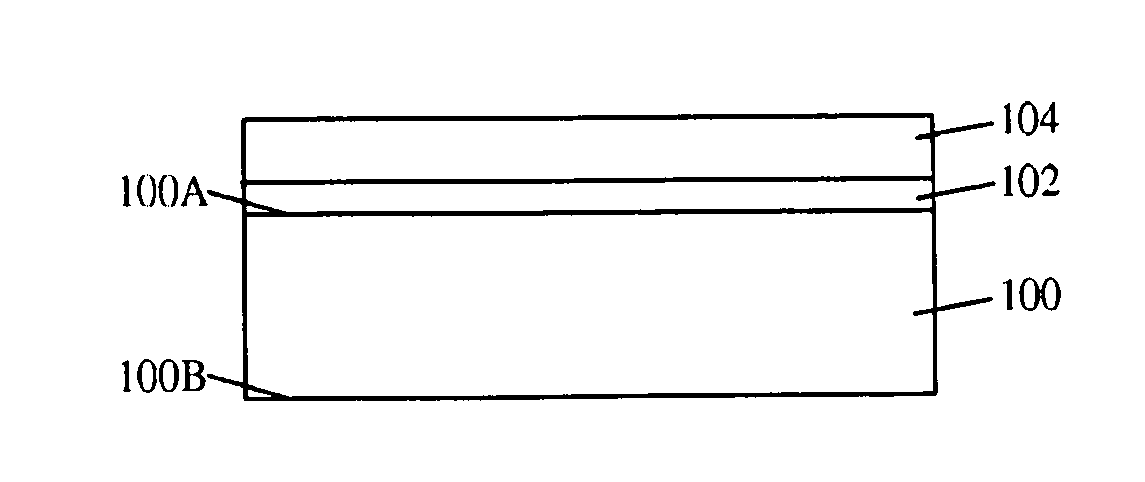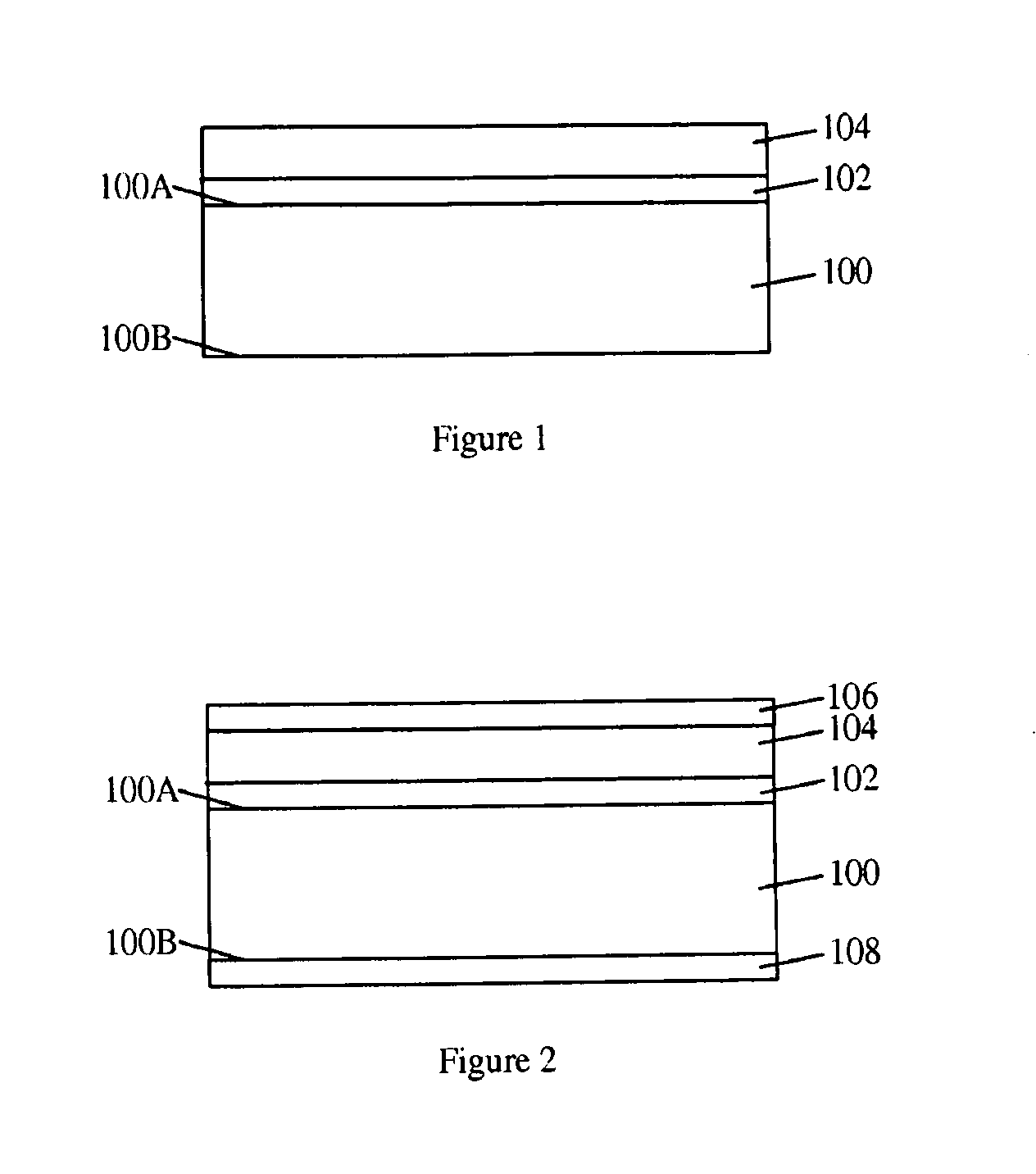Silicone Composition, Silicone Adhesive, Coated and Laminated Substrates
a technology of silicone adhesives and compositions, applied in the field of silicone compositions, can solve the problems of high flammability of adhesives and decomposition of adhesives to form char, and achieve the effects of excellent adhesion to various substrates, high transparency, and prolonged working tim
- Summary
- Abstract
- Description
- Claims
- Application Information
AI Technical Summary
Benefits of technology
Problems solved by technology
Method used
Image
Examples
example 1
[0118]Silicone Base was mixed with 0.5% (w / w), based on the weight of the Base, of Catalyst B. The resulting composition was applied on the release agent-treated surface of a Melinex® 516 PET film (8 in.×11 in.) to form a silicone film. Glass Fabric having the same dimensions as the PET film was carefully laid down on the silicone film, allowing sufficient time for the composition to thoroughly wet the fabric. The aforementioned silicone composition was then uniformly applied to the embedded fabric. An identical PET film was placed on top of the coating with the release agent-treated side in contact with the silicone composition. The stack was then passed between two stainless steel bars separated by a distance of 300 μm. The laminate was heated in an oven according at 150° C. for 10 min. The oven was turned off and the laminate was allowed to cool to room temperature inside the oven. The upper PET film was separated (peeled away) from the reinforced silicone resin film, and the sil...
examples 2-5
[0119]In each of Examples 2-5 a silicone composition was prepared by combining the appropriate Organosilicon Compound, Silicone Resin, and Catalyst in the amounts specified in Table 1. The work time of each composition is reported in Table 2.
[0120]Laminated glass composites were prepared using each of the silicone compositions according to the following procedure: Two flat float glass plates (6 in.×6 in.×⅛ in.) were washed with a warm solution of detergent in water, thoroughly rinsed with deionized water, and dried in air. Approximately 2 g of the silicone composition was applied on one side of each glass plate. The reinforced silicone resin film of Example 1 having the same dimensions as the glass plates was placed on the coated surface of one of the glass plates, and the coated surface of the other glass plate was then placed on the exposed surface of the reinforced silicone resin film. The laminate was held under vacuum (2500 Pa) at room temperature for 2 h. The composite was hea...
examples 6-8
[0122]In each of Examples 6-8 a silicone composition was prepared by combining the appropriate Organosilicon Compound, Silicone Resin, and Catalyst in the amounts specified in Table 1. The work time of each composition is reported in Table 2. Laminated glass composites were prepared using the method described above in Examples 2-5, except the glass plates were replaced with glass panels measuring 1 meter×1 meter×6.2 mm. The composites were subjected to fire testing as described in the Introduction to the Examples section. The fire test results for each composite are reported in Table 5.
PUM
| Property | Measurement | Unit |
|---|---|---|
| mol % | aaaaa | aaaaa |
| mol % | aaaaa | aaaaa |
| mol % | aaaaa | aaaaa |
Abstract
Description
Claims
Application Information
 Login to View More
Login to View More - R&D
- Intellectual Property
- Life Sciences
- Materials
- Tech Scout
- Unparalleled Data Quality
- Higher Quality Content
- 60% Fewer Hallucinations
Browse by: Latest US Patents, China's latest patents, Technical Efficacy Thesaurus, Application Domain, Technology Topic, Popular Technical Reports.
© 2025 PatSnap. All rights reserved.Legal|Privacy policy|Modern Slavery Act Transparency Statement|Sitemap|About US| Contact US: help@patsnap.com



